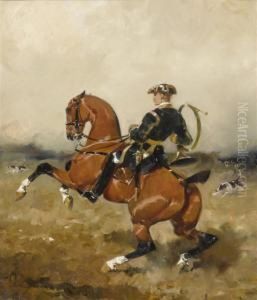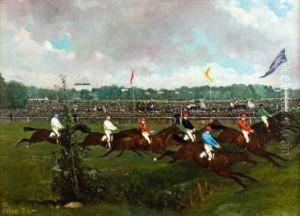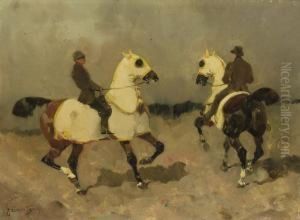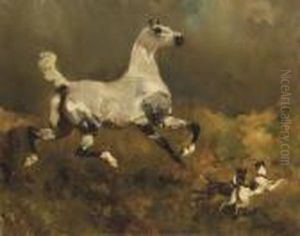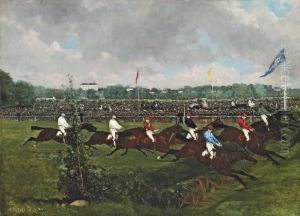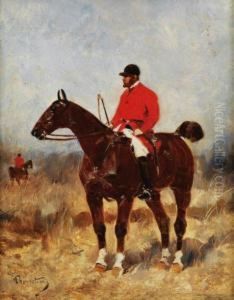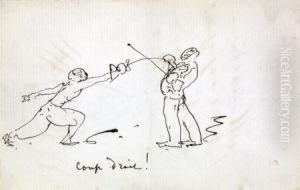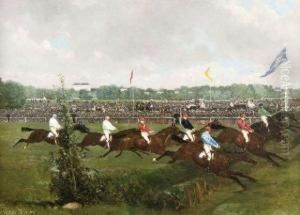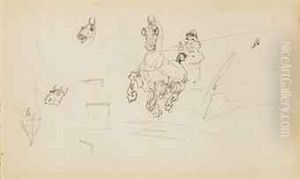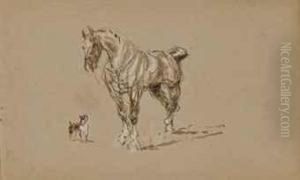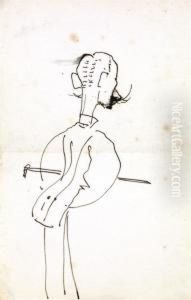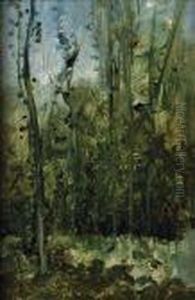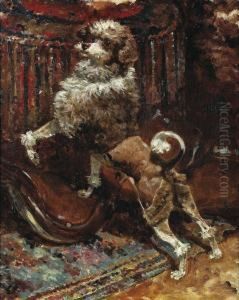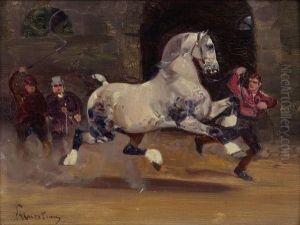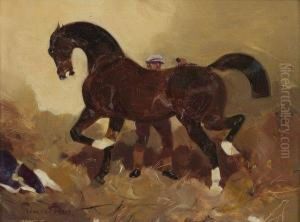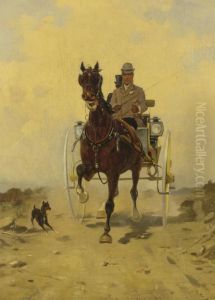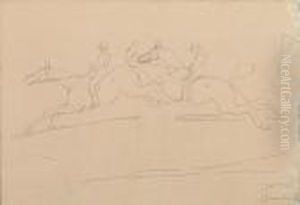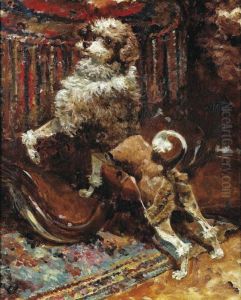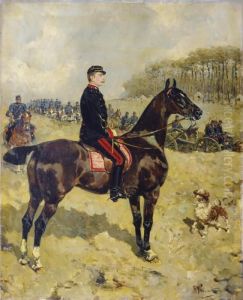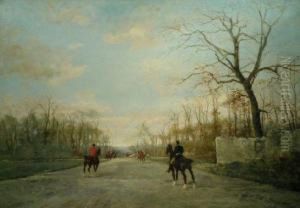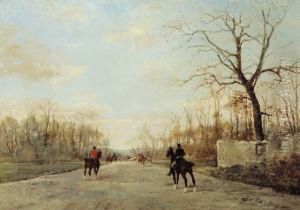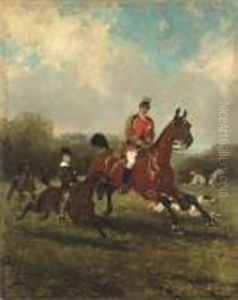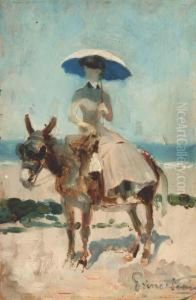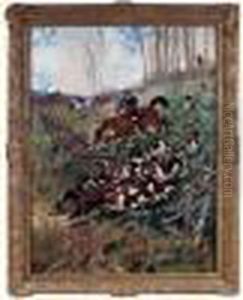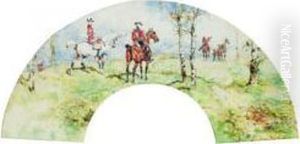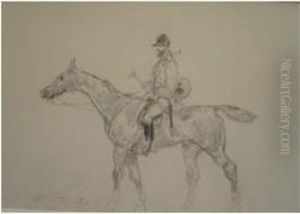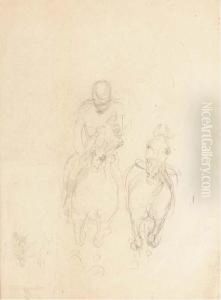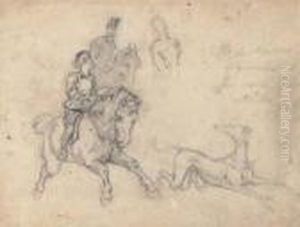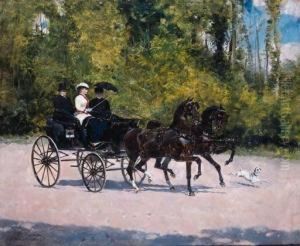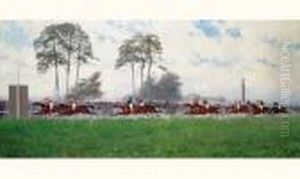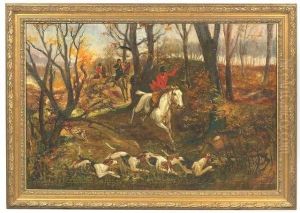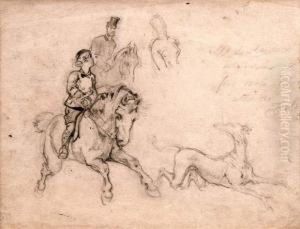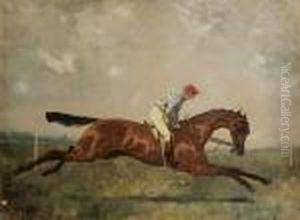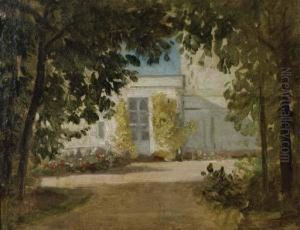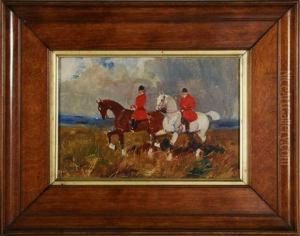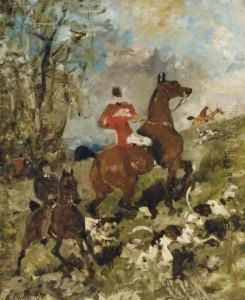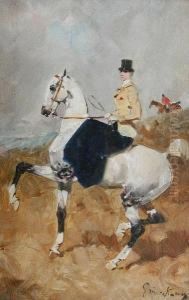Rene Pierre Princeteau Paintings
René Pierre Princeteau was a French painter and sculptor known for his animal paintings and his influence on the famous artist Henri de Toulouse-Lautrec. Born on July 22, 1843, in Libourne, France, Princeteau was born into an aristocratic family. Despite being deaf from birth, he pursued a career in the arts, showing a particular talent and passion for depicting animals.
Princeteau studied at the École des Beaux-Arts in Paris under famous animal painters like Isidore Bonheur and Jean-Léon Gérôme. His work was primarily influenced by the animalier tradition, a style of art that focuses on the realistic portrayal of animals. Princeteau's mastery of this genre earned him a reputation as an accomplished animal painter, and he exhibited at the Paris Salon, a prestigious annual art exhibition in France.
Beyond his artistic endeavors, Princeteau is perhaps most noted for his early mentorship of Henri de Toulouse-Lautrec, the post-impressionist painter who would go on to gain immense fame. Toulouse-Lautrec, who was also a relative of Princeteau, spent a lot of time in Princeteau's studio during his formative years. Princeteau's guidance is credited with helping Toulouse-Lautrec develop his own unique style, particularly in the depiction of horses, a subject Princeteau was particularly fond of.
Throughout his career, Princeteau remained dedicated to the animalier tradition, but he also explored other subjects, including landscapes and genre scenes. His work is characterized by a vigorous painting style, and he often worked en plein air (outdoors), which was becoming increasingly popular during that period.
René Pierre Princeteau passed away on April 17, 1914, in Paris. Although he was not as widely recognized as some of his contemporaries during his lifetime, his contributions to the animalier genre and his role in the development of Toulouse-Lautrec's artistic path have secured him a place in art history.
